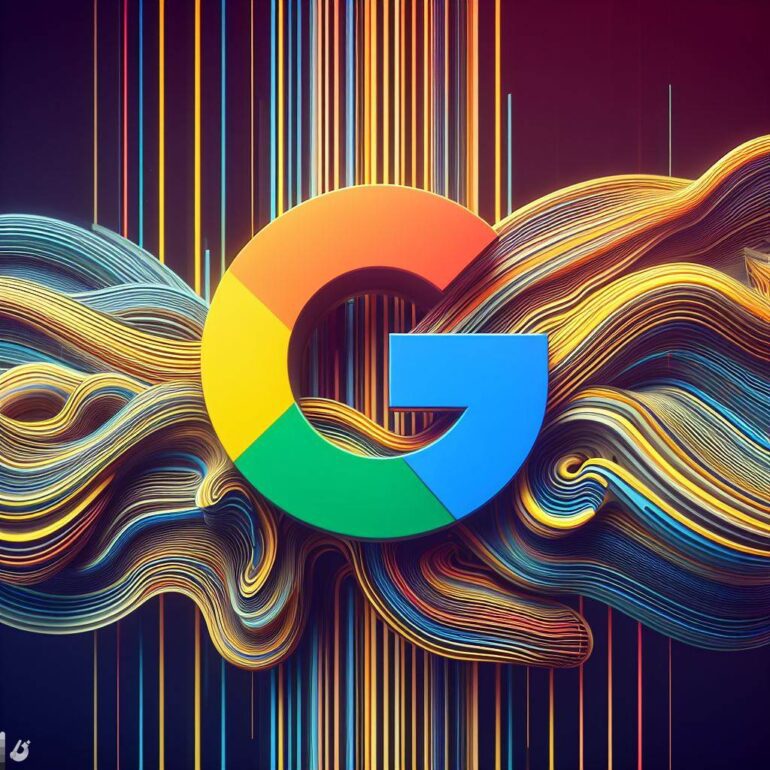TL;DR:
- Google’s Project Guideline empowers visually impaired individuals with on-device machine learning.
- It utilizes Google Pixel phones, a designated path, and audio cues to enable independent mobility.
- The project pioneers a departure from conventional methods, focusing on on-device ML tailored for Google Pixel phones.
- Key components include ARCore for tracking, a segmentation model for the guideline, and a depth ML model for obstacle detection.
- The system ensures a stateful representation of the user’s environment and dynamic target point selection.
- Obstacle detection, powered by a depth model, enhances safety, and low-latency audio cues provide real-time guidance.
Main AI News:
In a remarkable endeavor to enhance the autonomy of individuals with visual impairments, Google introduces Project Guideline, a pioneering initiative that harnesses the power of on-device machine learning (ML) on Google Pixel phones. The aim is to empower those who are blind or have low vision, enabling them to navigate the world independently. At its core, Project Guideline relies on a waist-mounted phone, a designated path for pedestrians, and a sophisticated blend of audio cues and obstacle detection mechanisms to ensure users’ safe traversal of physical spaces.
Project Guideline is set to revolutionize the landscape of computer vision accessibility technology. Departing from conventional methods that often require external guides or guide animals, this project leverages on-device ML, meticulously tailored for Google Pixel devices. The research team behind Project Guideline has meticulously crafted a comprehensive approach that employs ARCore for tracking the user’s position and orientation, a segmentation model based on DeepLabV3+ for detecting the guideline, and a monocular depth ML model for identifying obstacles. This innovative approach empowers users to independently navigate outdoor paths marked with a painted line, marking a significant leap forward in assistive technology.
A closer examination of Project Guideline’s technological intricacies reveals a meticulously designed system in action. The core platform is meticulously developed using C++, seamlessly integrating essential libraries such as MediaPipe. ARCore, a pivotal component, accurately estimates the user’s position and orientation as they traverse the designated path. Simultaneously, a segmentation model processes each frame, creating a binary mask outlining the guideline’s path. The aggregated data generates a 2D map, providing a comprehensive representation of the user’s environment.
The control system employs dynamic target point selection on the guideline, delivering a navigation signal that takes into account the user’s current position, velocity, and direction. This forward-thinking approach effectively eliminates noise caused by erratic camera movements, ensuring a more dependable user experience. Additionally, the inclusion of obstacle detection, facilitated by a depth model trained on a diverse dataset known as SANPO, adds an extra layer of safety. The model excels at accurately gauging the depth of various obstacles, including people, vehicles, posts, and more. These depth maps are then transformed into 3D point clouds, similar to the line segmentation process, providing a comprehensive understanding of the user’s surroundings. To complement the entire system, a low-latency audio system ensures the real-time delivery of audio cues, enabling effective user guidance.
Conclusion:
Google’s Project Guideline represents a significant leap in accessibility technology, leveraging on-device machine learning for independent mobility. This innovation has the potential to reshape the assistive technology market, offering a more inclusive and independent future for individuals with visual impairments. It highlights the growing role of machine learning in addressing real-world accessibility challenges, opening up new opportunities in the market for similar solutions and partnerships with tech companies.

